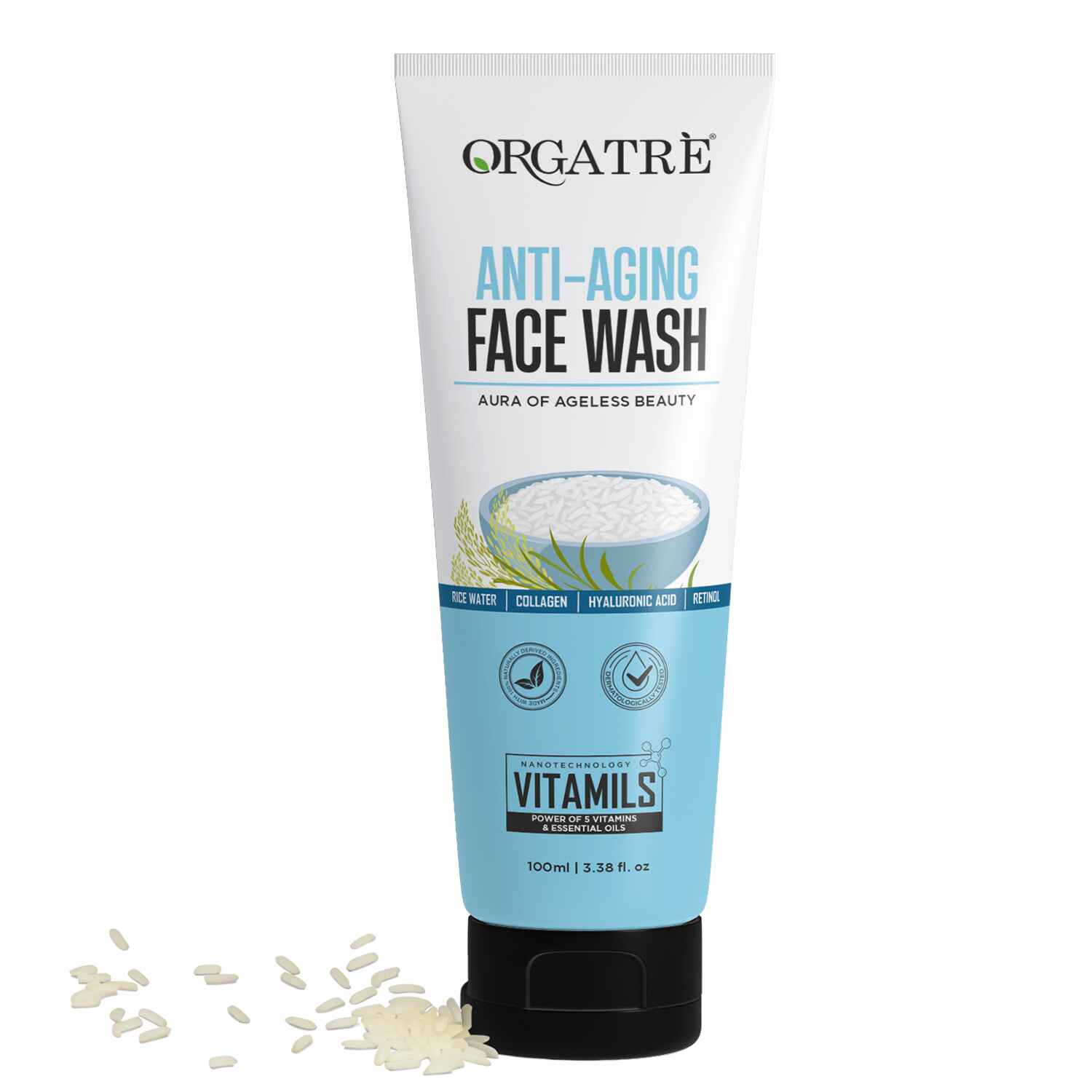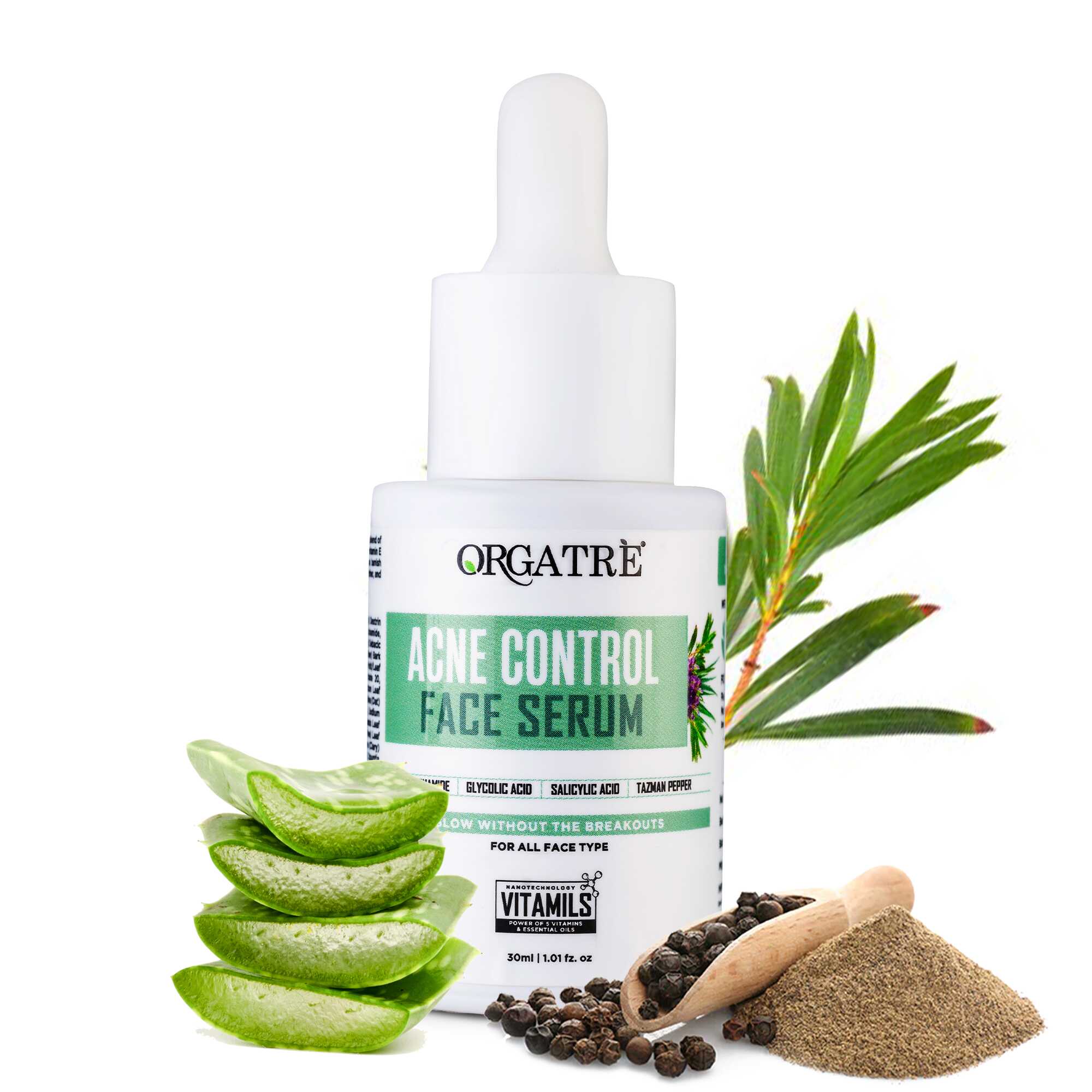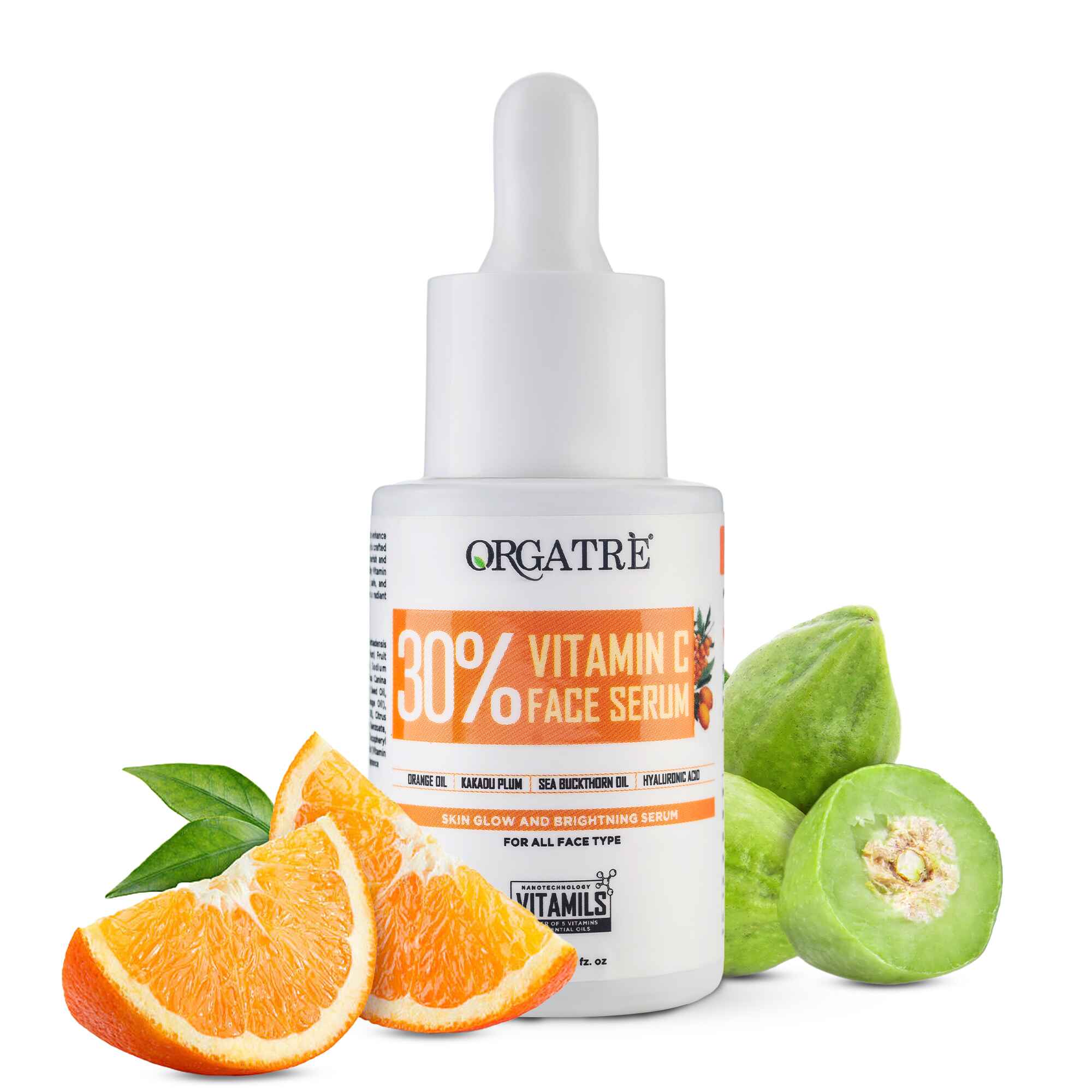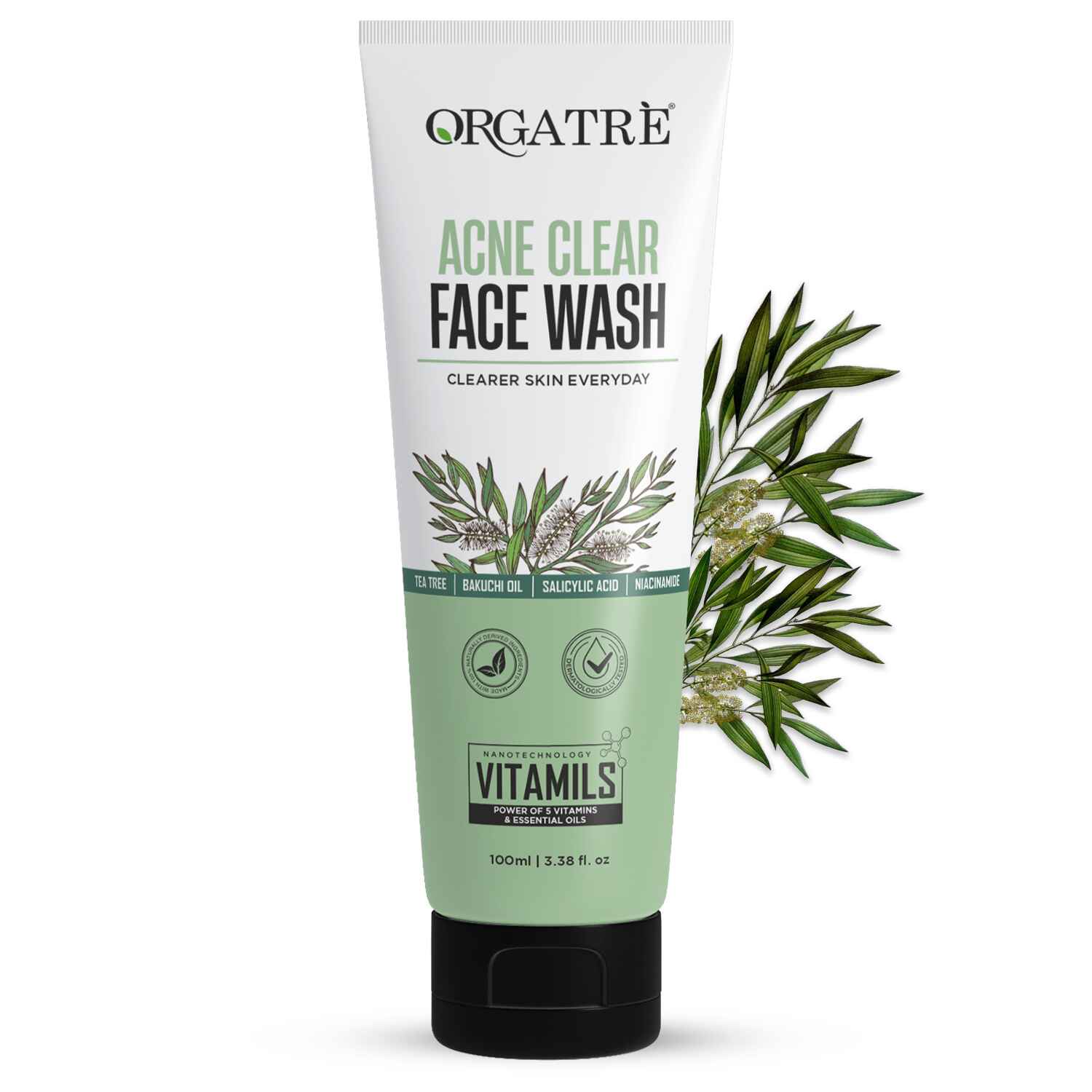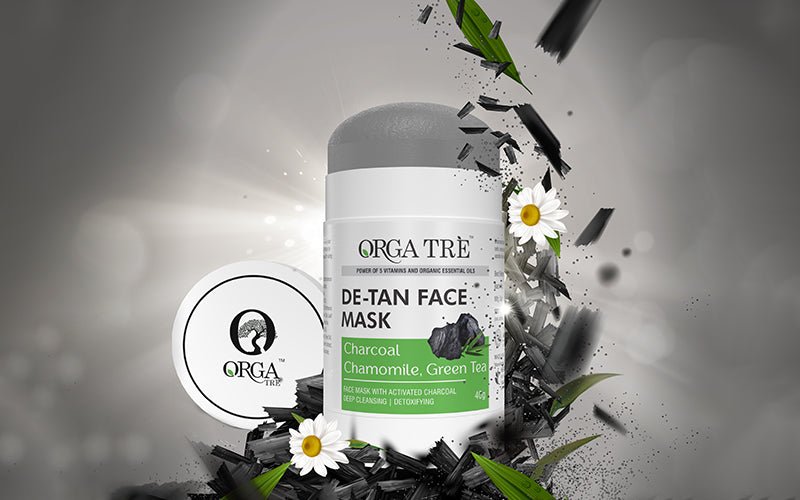De-Tan Face Pack for a Flawless Complexion
The sun is known as the natural source of vitamin D, but on the other hand, overexposure to UV rays released by the sun is the primary cause of tanning. Although it does not depend on any particular season, you can get tanned anytime if your skin is exposed to sunlight, but this is more likely to happen during the summer! It only depends on how much time you spend in the sun without a sun protection formula. It is not possible to cover your face all the time. At this time, you have to take care of your skin with suitable skincare products that contain SPF.
To remove tan from the skin, you can use various De-tan face pack, either homemade or taken from the store. There are several natural or chemical-contained D-tan face packs available on the market for every budget. You can take it according to your needs and pocket. Nowadays, to provide natural D-tan face packs and other herbal products, Orgatre is proving to be a rising star among personal care brands. It offers a D-tan pack enriched with various advantageous natural ingredients, including charcoal, chamomile, green tea, etc.
Causes of tanning
When we hear about tanning, the first thing that comes to mind is excessive sun exposure. Here are the causes of tanning explained in points:
- UV Radiation: Overexposure to UV radiation from the sun.
- Melanin Production: When skin is exposed to UV radiation, it triggers melanocytes to increase melanin production. Melanin absorbs UV rays and protects the skin from damage.
- Genetic Factors: Genetic predisposition plays a role in how easily someone tans. People with darker skin tones naturally produce more melanin and may tan more easily and deeply than those with lighter skin tones.
- Environmental Factors: Factors such as altitude, latitude, and time of year can affect UV intensity, which in turn influences the degree of tanning. To illustrate, UV radiation is supposed to be more rampant in the summer, and people are inclined to tan more during the same period.
- Skin Type: The sun's exposure to varying skin types leads to diverse reactions. Although some types of skin that burn easily may have a harder time tanning, the same cannot be said for other skin types that tan easily, as they will darken more quickly in comparison.
- Duration and Intensity of Exposure: Prolonged and more intensive UV, due to its long-term accumulated effects, leads to deeper and darker tans. However, an overdose of such a thing can also result in sunburn and skin damage.
Understanding these factors can enable people to make better decisions as to how much sun and tanning they have to undertake.
Skin-related problems caused by tanning
Major skin-related issues caused by tanning:
- Skin Cancer: Both tanning in general and especially overexposure to UV increase the risk of skin cancer. The DNA in the skin cells is damaged by UV radiation; thus, mutations may occur, hence cancerous cells are formed.
- Premature Aging: Because tanning quickens aging, wrinkles, fine lines, and other signs of aging are visible on the skin. The UV radiation leads to the disintegration of collagen and elastin fibers, which are responsible for firmness and elasticity in the skin, causing wrinkling or even premature aging.
- Sunburn: The primary type of sunburn is overexposure to UV radiation, which results in pigmentation, pain, swelling, and blistering of the skin, among other symptoms. Sunburn invades the outer layer of the skin and increases the probability of causing skin cancer.
- Uneven Pigmentation: Tanning results in non-uniform pigmentation, otherwise known as dark spots for freckles and patches of hyperpigmentation.
- Eye Damage: Eye damage can also occur due to tanning, such as cataracts, age-related macular degeneration, and photokeratitis. The eyes, being so sensitive, allow UV radiation to penetrate them and cause long-term damage to the different structures within.
- Immunodeficiency: UV rays inhibit immune functions that protect the skin from infection. When this happens, the sun suppresses the body’s immune system, thus making the skin more susceptible to bacterial, viral, and fungal infections, which can lead to skin infections such as cold and fungal infections.
- Actinic Keratosis: Actinic keratoses are rough and scaly skin lesions resulting from excessive skin sensitivity. They have potentially lethal pre-cancerous lesions that can eventually develop into squamous cell carcinoma if left untreated.
- Skin discoloration: Permanent skin discoloration, including pigmentation, sun spots, and lentigines due to pigmentation. These dark spots are sometimes difficult to treat and unsightly on the skin.
Understanding these potential consequences can help individuals make informed decisions about sun exposure and tanning practices, emphasizing the importance of sun protection and moderation.
When do we need a D-tan face pack?
The human information for D-tan face packs is to help in dealing with the issues of tan or hyperpigmentation on the face that can be a result of too much sun exposure. You will find these packs to be made from natural ingredients such as lemon juice, turmeric, yogurt, and honey, which help clear off dead skin cells and brighten dark spots, among other functions. They also include skin-bleaching vitamin C, licorice, and extracts that suppress the production of melanin. With D-tan face packs, the skin regenerates, giving it its natural color and making people look clearer and brighter.
On the other hand, they should not replace other sun protection factors but accompany such products as sunscreen to prevent deterioration of the skin. Wearing sunscreen on the face and avoiding the sun are crucial to preventing any additional damage.

Major benefits of the D-tan pack
Using a D-tan face pack offers several major benefits for the skin:
- Reduces Tan: Prevents the appearance of sun-induced tan by making the skin light, bleaching away discolorations, and eliminating dark spots.
- Exfoliates Dead Skin Cells: The active agents in D-tan face packs can be natural enzymes or granules that help to convert the dead skin cells, causing smoother, glowing skin.
- Lightens Pigmentation: It has ingredients like lemon juice, turmeric, and licorice extract that help reduce pigmentation or dark spots that appear due to acne scarring or a hormonal imbalance.
- Nourishes the Skin: Yogurt, honey, and vitamin E make the skin soft and increase hydration.
- Promotes Radiant Complexion: Constant use can make the skin gleam bright golden, shimmer bronze, and be alive.
- Soothes and Calms the Skin: Some D-tan face packs contain ingredients such as aloe vera or cucumber extract that act as soothers and hence can be used to treat sensitive skin.
Overall, the regular use of D-tan face packs contributes to an important aspect that emphasizes the overall appearance and health of skin and thus makes them a vital part of any skincare routine, particularly for people suffering from tans or pigmentation.
DIY tips to fade or reduce tanning
D-Tan Face Pack Benefits and Application.
- Lemon and Honey: Lemon is a mild acid that works as a skin exfoliating agent with the ability to lighten the skin tone. If dirt is mixed with lemon juice, skin dryness can be avoided.
- Gram Flour and Yogurt: When applying a paste of gram flour and yogurt to the face, wait for 20 minutes until it dries out. Wash your face with warm, tepid water.
- Tomato: If you want an exfoliator, cut the tomato into pieces and rub it on the face, or if you prefer, sprinkle sugar on it. Lycopene, one of the antioxidants in tomatoes, is very effective in eliminating sunburn.
- Papaya and Honey: A face pack containing ripe, mashed papaya and honey can be used to fade tan.
- Aloevera: Using the pulp of this herb, which is pulpy and known to possess softening as well as antiseptic properties, rubbing its fresh pulp can be done.
- Sun Exposure: Sun can lead to tan and melanin production, as well as the darkening of the skin when taken in large amounts. All D-Tan face packs include substances that can lighten and brighten the skin by inhibiting melanin production or stimulating cell metabolism.
These ingredients are known for whitening the skin more than ten times faster than it would be in the case of taking them alone, as are extracts that inhibit melanin production. When using D-Tan face pack, one can gain the natural skin glow or color, either tan or the original skin color. They are to be used together with other sun-protective products.
The application of sunscreen reduces the amount of UV radiation reaching the skin, thus limiting melanin production and tanning. However, even with sunscreen, some degree of tanning may still occur.
Is D-tan Face Pack Really Beneficial?
D-tan face packs are a popular skincare product that can improve the appearance of tanned or pigmented pores and skin. They comprise herbal substances like lemon juice, turmeric, yogurt, honey, and Vitamin C, which have skin-brightening and nourishing properties. Regular use can lessen tan strains, fade pigmentation, or even out skin tone, resulting in a more radiant and healthier complexion. However, D-tan face packs should be used alongside other skincare practices like solar protection and proper hydration for gold-standard outcomes. The effectiveness of a D-tan face pack depends on an individual's specific skin concerns and how well their skin responds to the ingredients. Patch testing and consulting a dermatologist are endorsed for those involved in incorporating a D-tan face pack into their skincare routine.
